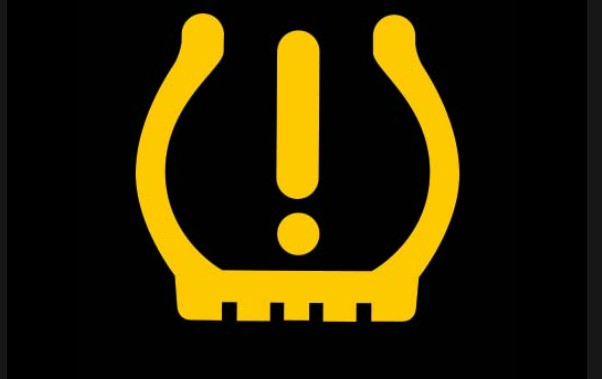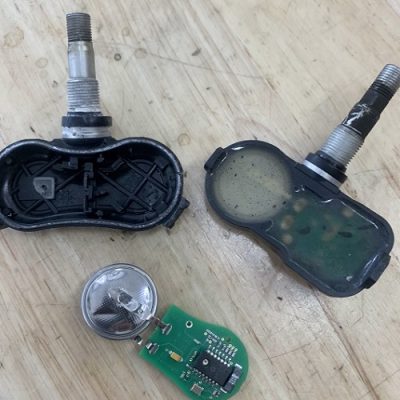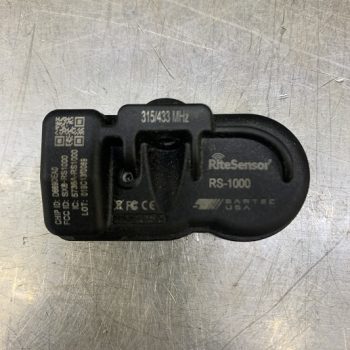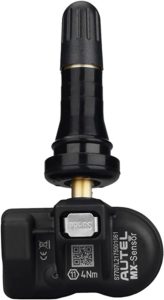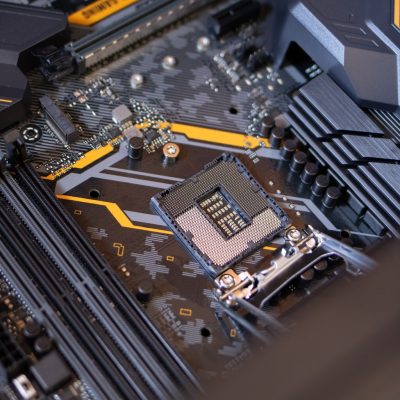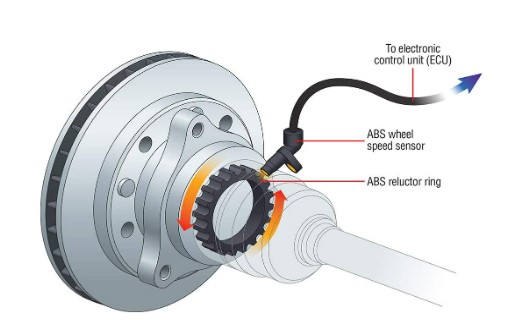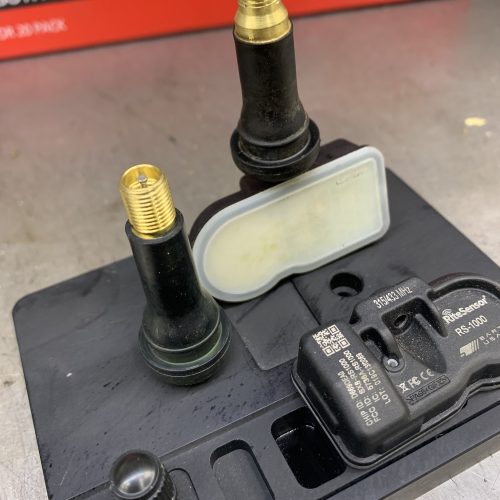what are tpms sensors for?
The purpose of the TPMS light, or tire pressure monitoring system, is to the keep the driver aware of the amount of air in each tire of the vehicle. In the event of one or more tire has either to much or more likely to little air, (when compared to the vehicles specification according to the manufacturer) the TPMS system will light your dashboard up, notifying the driver of a possible issue. This system was built for driver safety. Basically, it lets you know your tire is low!
The purpose of the TPMS light, or tire pressure monitoring system, is to keep the driver aware of the amount of air in each tire of the vehicle. If one or more tire has either to much or to little air when compared to the specification the car manufacturer requires, the TPMS light will flash or stay solid lit on the dashboard/cluster of the vehicle. The TPMS (yellow exclamation point) will stay on until the required amount of air has been added or taken out of the tires. This is an article on how to add air to tires.
In order for this tire pressure monitoring system to function, it needs tire pressure sensors. Tire pressure sensors communicate with the vehicles on board computer, from there the information is passed to the driver via the vehicles instrument cluster/dashboard. Tire pressure sensors look like regular tire valves except have a plastic container on the bottom. Within the plastic is a small electronic board connected to a watch battery. Each sensor transmits information via a low radio frequency, most commonly 315MHz or 433MHz.
The image on the right shows two tire sensors. The one on the right is fully intact, the one on the left has had its electronic board and battery removed.
What information do tire sensors transmit?
Tire sensors transmit a few different types of information to the vehicles on board computer. (usually transmitted either at 315MHz or 433MHz) Each tire pressure sensor is constantly measuring the air pressure within each tire, the air temperature within each tire, and the remaining battery voltage within the sensors itself. As well as the sensors individual sensor ID, these measurements greatly help when diagnosing a problem within a faulty tire pressure monitoring system. (TPMS)
The image on the right is the tire sensor without the valve.
The tire pressure monitoring system exists to keep drivers aware of under inflated or over-inflated tires. Under-inflated tires will cause the sidewall of the tire to over-flex, generating excess friction, in turn making the tires extremely hot. This will likely result in a blowout, which we all know is not ideal.
On the other hand, over inflation will stretch the side wall of the tire, making the tire extremely hard. This results in a very bouncy ride and a reduction in traction.
How do Tire Pressure Monitoring Systems Work?
In most basic terms, each tire has a specifed amount of air the car manufacture requires there to be in each tire. If a tire loses or gains 25% of the specified amount of air, the TPMS light on the dashboard of the vehicle will illuminate. For example, a 2018 Infiniti specifies there to be 35psi in the front and 35psi in the rear tires. If the tire pressure loses 25% (8.75psi) meaning the tire only had about 26psi, the TPMS warning light/lamp will illuminate on the dashboard. To learn how to inflate or deflate tires check out this article.
Types of TPMS
If we want to get technical, there are two kinds of tire pressure monitoring systems. Direct and indirect. Direct TPMS uses individual tire sensors as described above. In my expert opinion, direct tire pressure monitoring system is far superior to indirect. Having sensors in each wheel allows the driver of the vehicle to have real time live data at which they know how much air is currently in each tire. This puts the driver of a vehicle with direct TPMS at great advantage.
These are direct TPMS sensors.
Indirect tire pressure monitoring systems don’t use individual tire pressure sensors in each wheel. Instead they rely on wheel speed sensors and ABS sensors. This system detects low tire pressure by taking input from speed sensors and ABS sensors and then makes calculations with the cars computer. With this system, when a driver adjusts the amount of air in a tire, they must manually reset the TPMS system. In order for this system to work, all four tires must have the correct amount of air. (ECU) This system still follows the 25% rule. This is an ABS sensor.
what to do if your tire light comes on?
If your tire light comes on, you have two options. Figure out if there is a problem yourself, or find a local mechanic/tire shop to figure that out for you. If you chose the first option, either you just need to add some air, or you have a leak. If you have a leak, you need to figure out where it’s leaking from and decide if it’s appropriate to fix the tire. Most commonly, tires are fixed with plugs and patches and occasionally need to be bead sealed. If you have no idea what I’m talking about, fill the tire up, if the light goes out and then comes back on, go to your local tire shop and let the mechanic know what’s going on.
conclusion
I’m a mechanic who deals with tire pressure sensors and tire monitoring systems on a daily basis, some drivers think they are horribly annoying and others love to know exactly how much air is in each tire. What kind of tire pressure monitoring system do you have in your vehicle?
